For any RVer, proper tire maintenance is imperative. But, for the RVer enjoying the full time RV living lifestyle, regular RV tire maintenance is, even more, critical.
Some people who live full time in their RV’s tend to move them even less than those that don’t. They may park in areas where less consideration is given as to the surface on which those tires are parked. When tires are not used regularly, and no thought is given to their care due to lack of knowledge, those tires can deteriorate quickly thereby shortening their life. Poor tire maintenance habits can lead to a life safety issue when traveling in the RV!
So What Do You Need to Know?
While traveling, your RV is riding on the air in your tires. If the tire fails because it is unable to contain that air, problems will occur! So, that being said, tire inflation is a major issue in being sure that tire treads wear properly, and the overall performance of the tire is maximized.
Tires that are under-inflated can reduce traction, increase fuel consumption, reduce the load carrying capacity of the RV, create premature tread wear, and cause permanent damage to the structural integrity of the tire. Just a few simple procedures at the start of each trip, and once a month, can help you to get the most from your RV’s tires.
RV tires have a cold pressure value located on the sidewall of the tire that show its maximum inflation pressure. In other words, the pressure of the tire when it has not been driven on, and that has not been sitting out in the sunlight. A hot tire can read five to fifteen psi higher than a cold tire. Checking inflation pressure when a tire is warm will lead to under-inflated tires!
A good time to check RV tire pressure is at least once a month either when the RV has been sitting in static full time RV living mode or because the RV is in storage. RV Tires should also be checked each morning before road trips. Checking air pressure on a regular basis will help to spot any slow leaks that might create an issue while on a long road trip. Inflate the RV’s tires to the recommended pressure listed by the RV manufacturer. Those numbers should be on a label inside the RV.
The inflation pressure suggested by the RV manufacturer may be the maximum cold pressure of the tire, or it may be a lesser value. It depends on the load that is expected for each tire.
When beginning an RV trip, I always check my tire’s pressure early in the morning the day of travel. I do that each day we are on the road. I never check them in the evening because they will be warm, and that would give me an incorrect cold pressure reading. I travel with an air compressor, so I am always able to keep my tires at their proper pressure. I also use an air dryer on my compressor so that I am not adding moisture to the inside of the tires.
A few more things about tire pressure: be sure not to exceed your RV’s gross vehicle weight, don’t overload one side of the RV past the axle’s weight ratings even though the gross vehicle weight may be okay, be sure to use a good quality tire gauge, be sure the inner and outer tire pressure on duals is the same, adjust RV tire pressure on all tires to match the tire that is carrying the most load, and match all the tires on the same axle with the same inflation pressure.
One thing you won’t want to do with your RV tires is to reduce tire pressure to create a smoother ride. A reduction in the required pressure could damage the tire creating a possible blow out due to overheating, as well as difficulties with the RV’s handling capabilities. For every psi a tire is underinflated, that tire can lose twenty to thirty pounds of carrying capacity. That can put significant stress on the tire sidewalls!
Inspect your RV tires!
Performing a visual check on your RV’s tires, on a regular basis, is critical as well! Checking to see that no items are lodged in the tread of the tire is a good thing to look for before each travel day. If something is found, do not drive on the tire. It is best to have a mobile service come to you if you can’t bring the tire to a service center.
Here are some other items you can check for: check every tire for sidewall cracking, avoid putting tire dressings on that will accelerate the aging process, look for unevenly wearing tires, and replace tires when the tread has reached the tread depth indicators. They are the little triangles located between the tread grooves on the sidewall of the tire. Addressing these issues could save you from a tire-related breakdown when traveling in your RV.
RV tires have different considerations than automobile tires do. Therefore, they are made with materials that best allow them to function for the purpose for which they are designed for. The materials in these tires change over time.
How that happens depends on factors related to weather, how they are stored, and how they are used. The load at which they are subjected to, the speed at which they are driven, the pressure the tires are inflated to, and how they are maintained all play a vital role in the overall life of an RV tire.
The question I am often asked is when should I replace my RV tires? The answer I give is first to tell me how you have taken care of them and how have you driven on them. Recently major manufacturers came out and supported that tires that are six years old would be recommended for replacement. When it comes to RV tires, and those that are older than five years by the DOT date stamped on the tire, they should be checked by a certified tire specialist once a year for road worthiness.
What about those products that can be applied to the tire for additional UV protection? Is that something that should or should not be used? Stay tuned! I’ll address that and other issues in part two of this article.
This post is powered by Grammarly

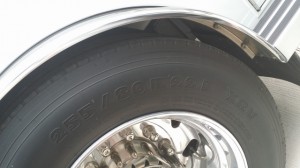
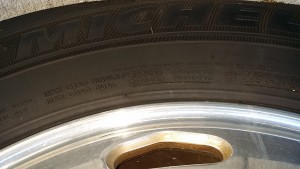
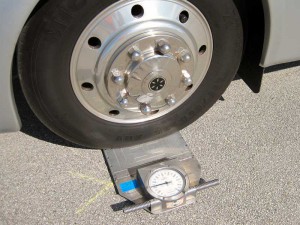
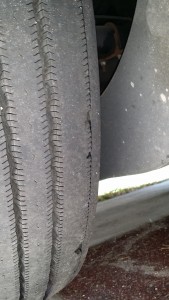


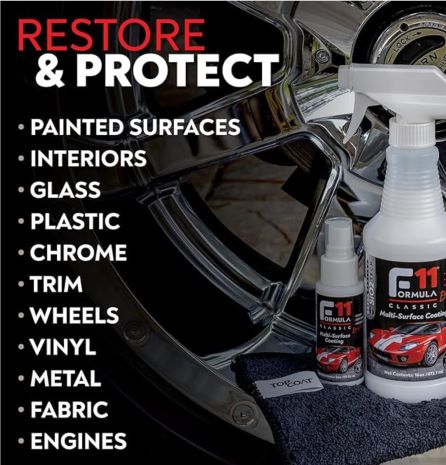
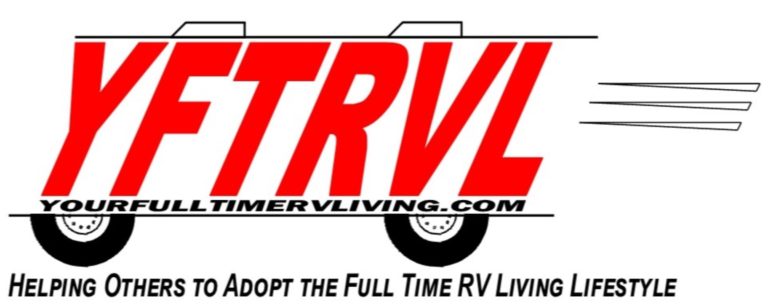



Recent Comments